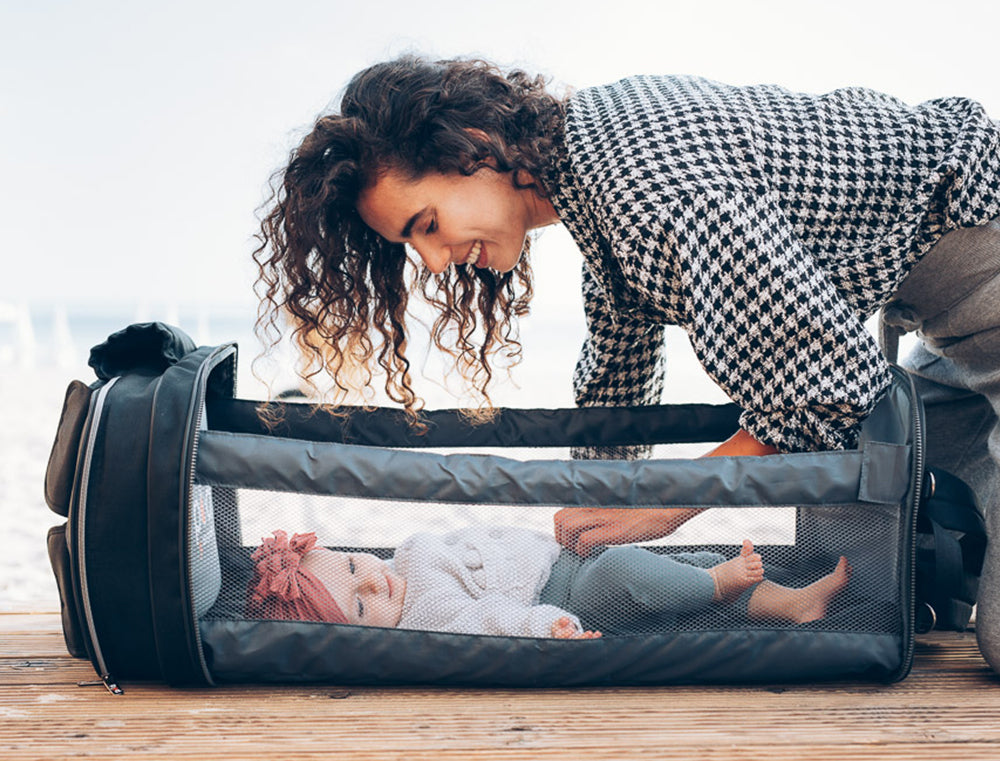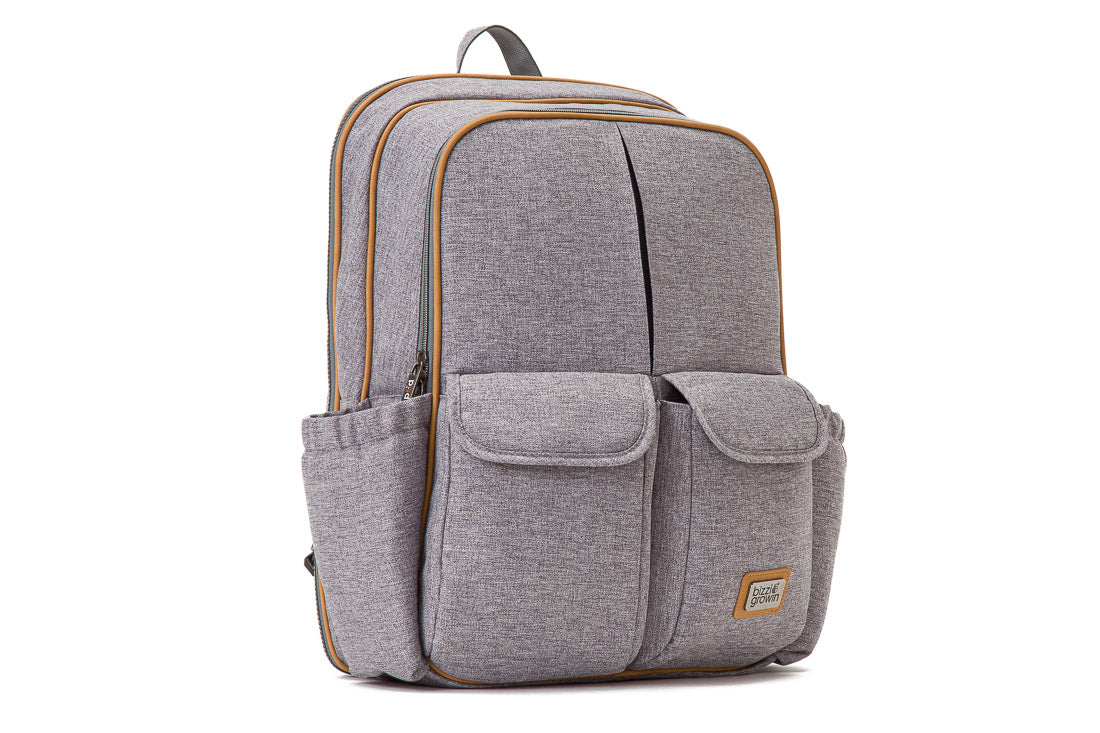Combining baby wearing with breastfeeding offers a harmonious approach to nurturing your infant, providing convenience, comfort, and fostering a deeper bond. Mastering this practice can make daily routines more manageable and enhance the breastfeeding experience for both mother and child.
Benefits of Combining Baby Wearing and Breastfeeding
Integrating baby wearing with breastfeeding presents several advantages:
- Convenience: Allows for hands-free nursing, enabling multitasking while attending to your baby's needs.
- Discreet Feeding: Provides privacy, making it easier to breastfeed in public settings.
- Enhanced Bonding: Promotes closeness and strengthens the emotional connection between parent and child.
- Improved Milk Supply: Frequent nursing facilitated by baby wearing can help maintain or increase milk production.
Choosing the Right Baby Carrier
Selecting an appropriate baby carrier is crucial for successful breastfeeding while baby wearing. Consider the following factors:
- Adjustability: Opt for carriers that can be easily adjusted to lower your baby to breast level.
- Support: Ensure the carrier provides adequate head and neck support, especially for newborns.
- Ease of Use: Choose a carrier that allows for straightforward positioning and adjustments.
At Bizzi Growin, our whole range of carriers are suitable for breastfeeding..
Techniques for Breastfeeding While Baby Wearing
Mastering the technique of breastfeeding in a carrier requires practice and patience. Follow these steps:
- Practice at Home: Before attempting to breastfeed on the go, practice at home to become comfortable with positioning and adjustments.
- Positioning: Lower your baby to breast level by loosening the carrier straps slightly. Ensure your baby's head is turned towards the breast, with their nose level with your nipple.
- Latch: Guide your baby to latch onto the breast, ensuring a deep and comfortable latch.
- Support: Use one hand to support your breast if necessary, while the other supports your baby's head or the carrier.
- Adjust and Secure: Once your baby is latched and feeding comfortably, adjust the carrier to provide additional support, ensuring your baby is secure.
Safety Considerations
Safety is paramount when combining baby wearing and breastfeeding:
- Airway: Always ensure your baby's airway is clear. Their chin should not be pressed against their chest, and their face should be visible.
- Comfort: Monitor your baby's comfort and feeding cues, adjusting positions as needed.
Tips for Success
- Wear Accessible Clothing: Choose tops that allow easy access for breastfeeding, such as button-down shirts or nursing tops.
- Stay Hydrated: Keep water accessible to stay hydrated, as breastfeeding can increase thirst.
- Practice Different Positions: Experiment with various breastfeeding positions within the carrier to find what works best for you and your baby.
- Seek Support: If you encounter challenges, consult a lactation consultant or join a local breastfeeding support group for guidance.
Conclusion
Combining baby wearing with breastfeeding can significantly enhance the parenting experience, offering convenience and strengthening the bond between you and your baby. By selecting the right carrier and practicing proper techniques, you can enjoy the benefits of this harmonious approach to nurturing your child.





























